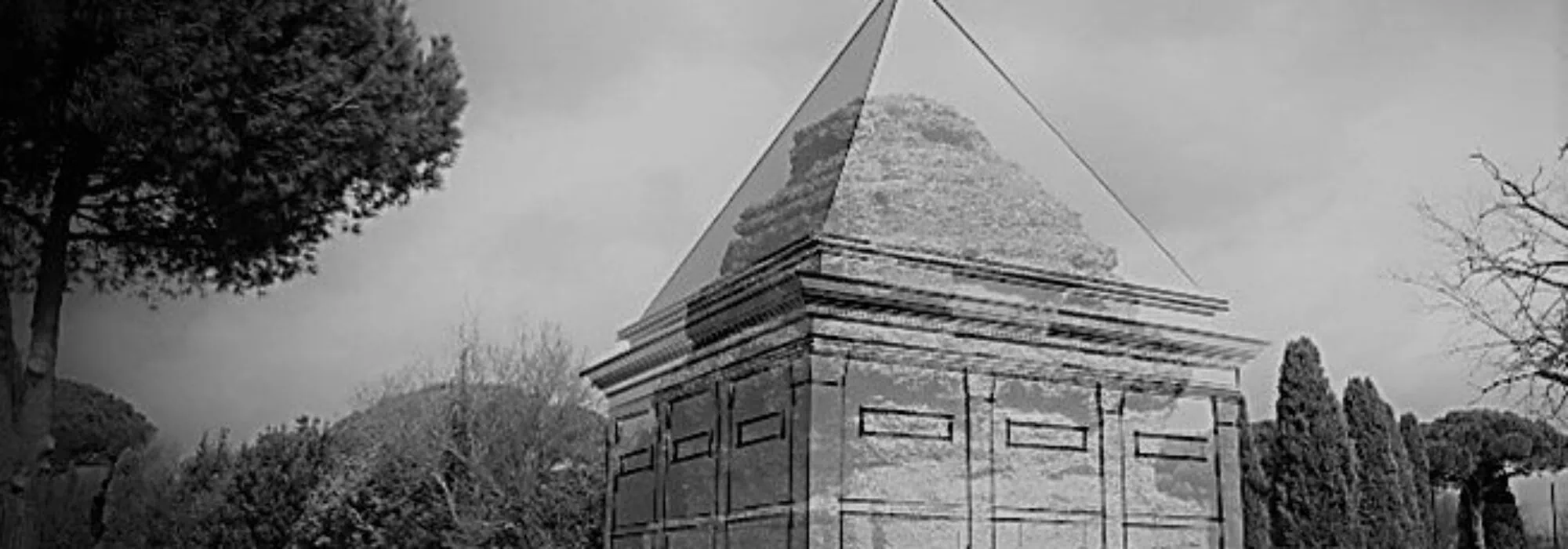
Museum Het Valkhof starts 2022 with an interactive time travel along the Roman Via Appia, one of the oldest highways of the world. REVISITED Via Appia is the result of a longterm multidisciplinairy research cooperation between Spatial Economics GIS colleague Maurice de Kleijn, artist dr. Krien Clevis, the Netherland eScience Center, archaeologists from Radboud University Nijmegen and many other partners. They combined art, with archaeology and highly advanced 3D geospatial technologies to allow visitors to experience changes over time. The exhibition combines the results of academical and artistic research and offers a refreshing perspective on the “Queen of Roads”. From January 29, as a visitor, you can walk in the footsteps of millions of people who have walked here since Roman times and experience how the road has changed over time.
In the footsteps of millions Romans
The Via Appia is a Roman road that linked ancient Rome with Brindisium (modern Brindisi) in the South of Italy. The road is named after its founder Appius Claudius Caecus, who began its construction in 312 BC. This famous Roman ‘motorway’, also known as the regina viarum (‘queen of roads’), was primarily intended for the transport of army troops, but the Via Appia also connected various economic centres and was used to transport commodities. The Romans also buried their dead beside the road. The first section of the Via Appia, just outside the walls of Rome, is still regarded as an icon and milestone in the political and cultural presentation of ancient Rome. The monumental tombs are still especially appealing to the imagination today. After the Roman era large tracts of the Via Appia fell into disuse. The vast majority of the funerary monuments are overgrown, or have been demolished and reused as building material.
Revisited the Queen of Roads
From the middle of the eighteenth century, the Via Appia, especially the first few miles out of Rome, was rediscovered as a historic monument and visualised in all kinds of ways. In their entirety, these images are a unique historical document of how the road has changed in the last few centuries, but above all of how it has been viewed over the years. In the last few years a research team of archaeologists, digital data experts and an artist/researcher have studied in detail the section of what is now known as the Via Appia Antica between the fifth and the sixth mile from Rome. By carefully documenting all the archaeological remains, excavating some areas, cleaning and revisiting the points where the historical makers of images stood, they have tried to reconstruct the monuments of the Roman period and to analyse how the landscape has changed over time.
Visitors to REVISITED can creep into the skin of the historical makers of images and travel to the Via Appia as it is today. What have people seen in the last 300 years, how has the landscape changed, and what can we see now? Visitors can also gain unique insight into how archaeologists reconstruct Roman funerary monuments. They make use of the latest technologies, but the historical visual material also plays a crucial role.
REVISITED invites you to a journey in time along the Via Appia Antica, its monuments, the images of them, and the vantage points from which they could be observed.
Via Appia Walks and other Roman activities
In collaboration with artist/curator Krien Clevis the museum organise the so called Via Appia Walks. Every week you get to know the Queen of Roads in a different way. Under the guidance of expert ‘tour guides’ (archaeologists, historians, pilgrims, artists) museum visitors go on a journey ‘to’the Via Appia Antica and discover different layers of the historical landscape.
See the complete program REVISITED Via Appia
Artist/researcher and curator: Krien Clevis
With many thanks to the teams behind REVISITED Via Appia and Mapping the Via Appia.
With the support and contributions of: the Mondriaan Fonds, Prins Bernhard Cultuurfonds, Pauwhof Fonds, Gilles Hondius Fonds, Netherlands eScience Center, CLUE+/Vrije Universiteit Amsterdam, RICH – Radboud Institute for Culture & History.
================================
January 2022